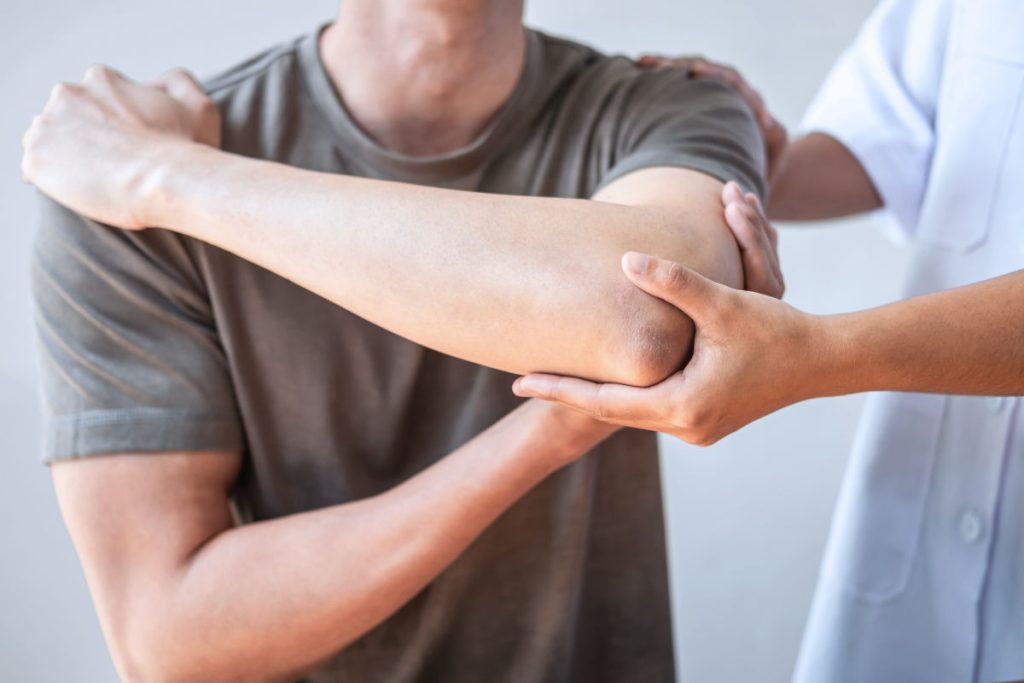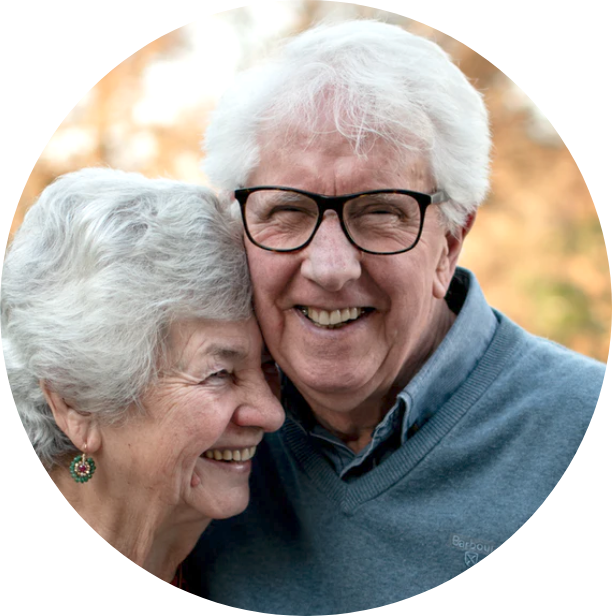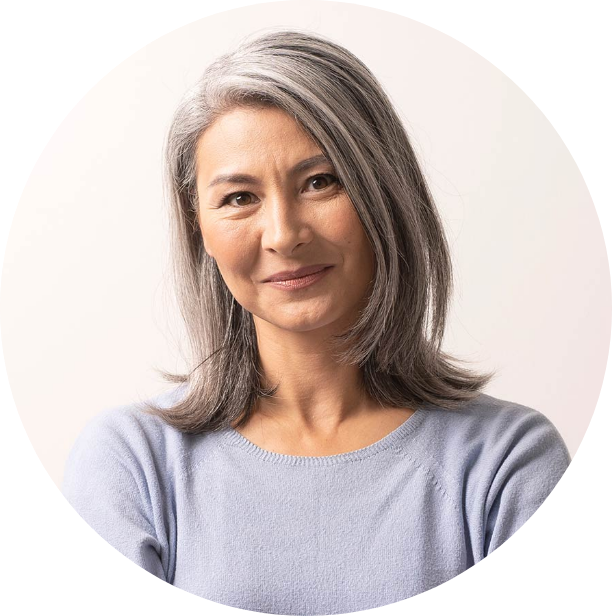Topical Treatments for Arthritis
Conveniently located to serve the areas of Los Angeles, Woodland Hills, Agoura Hills, Northridge, Van Nuys, Sherman Oaks, Thousand Oaks, Tarzana, Encino, Chatsworth, Calabasas, Bell Canyon and Westlake Village.

A topical treatment for arthritis is a remedy that can serve as an alternative to oral medications. The active ingredients within many topical treatments act similarly to many oral NSAIDs, numbing the surrounding nerves effectively and providing long-lasting improvements. Some simply work by altering warm and cooling sensations to mimic the effects of a cold compress and/or heat therapy. Depending on your needs, various topical gels and creams can target arthritis pain in ways that allow you to get back to the activities you love.
To combat the effects of arthritis and other types of chronic pain, contact Comprehensive Rheumatology Center. We serve the residents of the San Fernando Valley and Greater Los Angeles in a way that meaningfully addresses their concerns with a holistic mindset. Our board-certified rheumatologists Dr. Phillip Aleksiejuk and Dr. Nazanin Firooz, and Jada Pascual, RN have extensive knowledge of the intricacies of arthritis and how to best treat the root source of pain.
If you suffer from a condition that affects joint function, you may benefit from the incredible effects of one of Comprehensive Rheumatology Center’s topical treatments. To get started today, call us at (818) 598-0000, or inquire using our online form, and we will get back to you to help schedule your appointment at a time most convenient for you. To get to know more about our perspectives on immune conditions and holistic healthcare, visit our blog, the NewsRheum.
What are NSAIDs?
NSAIDs work on a chemical level by blocking the cox-1 and cox-2 enzymes, chemicals that signal the release of prostaglandins. Prostaglandins are compounds that facilitate inflammation at the site of injury, blood flow to the area, and tissue repair. For this reason, many recommend NSAIDs for their fever-reducing and pain-relieving abilities. NSAIDs decrease prostaglandin production both within the body’s tissues and within the central nervous system (the brain and spinal cord), so they significantly block the brain from perceiving pain signals. (1)
The most popular over-the-counter options that many people use day-to-day include ibuprofen, aspirin, ketoprofen, and naproxen. Many medications are also available with a prescription. But even with the advancements in pain relief, many patients are unable to reap the benefits of oral NSAIDs.
Not everyone with arthritis does well with oral medications. For example, many older adults cannot take NSAIDs (non-steroidal anti-inflammatory drugs) due to certain conditions, resulting in more harm than good.
Research finds that the following patient demographics should try to seek out other forms of long-term arthritis relief whenever possible:
- Those over the age of 65
- Patients with diabetes, hypertension, or cardiovascular disease
- Patients with liver or renal impairment
- Patients with a history of gastrointestinal bleeding or ulcers
- Those who take medications that negatively interact with NSAIDs (2)
Joint Pain Conditions

Arthritis is a broad term referring to swelling and/or pain around a joint. Whether your arthritis comes from wear-and-tear of use over the years or an immune response, all treatments are designed to target inflammation at its source.
Topical treatments can relieve symptoms of:
- Osteoarthritis – Osteoarthritis is the degradation of cushioning cartilage between the joints. It most commonly develops within the hands, knees, and hips.
- Rheumatoid arthritis – Rheumatoid arthritis is a condition in which the immune system attacks the body’s tissues, most commonly affecting smaller joints. Patients may experience additional symptoms such as fatigue, loss of appetite, and fever.
- Gout – Gout develops when there is too much uric acid in the body, leading to the formation of painful crystals within the joint. Many foods can worsen gout, so patients with the condition often adhere to a specialized diet.
- Psoriatic arthritis – In addition to joint pain and swelling, the overlying skin exhibits psoriasis in psoriatic arthritis, an autoimmune skin condition characterized by a dysregulation of skin cell production.
- Fibromyalgia – The hallmark of fibromyalgia manifests primarily as widespread musculoskeletal pain, often accompanied by tenderness and sensitivity to touch. Muscle pain, as well as joint pain, can be alleviated with topical treatments.
Treatment Options
Voltaren
Voltaren is a brand name for diclofenac, a type of NSAID. Since NSAID-sensitive patients apply Voltaren topically, they can tolerate the medication much better than oral NSAIDs. The medication penetrates through the skin and into the deeper tissues, allowing patients to feel relief. To be most effective, doctors recommend applying the gel to the affected area 4 times per day. The doctors at Comprehensive Rheumatology Center have created a variation of voltaren gel called Vollido which contains a stronger concentration of diclofenac, in addition to lidocaine (which provides numbing to the area), as well as eucalyptus essential oil, which not only provides a soothing aroma, but also increases the effectiveness of diclofenac.
This cream is available to Comprehensive Rheumatology Center patients via a prescription.
Aspercreme
Aspercreme contains trolamine salicylate, a compound closely related to aspirin. Just like Voltaren, it reduces the enzymes responsible for pain and inflammation-causing prostaglandins. However, unlike Voltaren which requires a specific dosage, patients can apply Aspercreme generously onto the affected area.
Icy Hot
Icy Hot first provides pain relief with cooling sensations facilitated by menthol, then, the methyl salicylate activates and provides warmth to the arthritic area. Both of these ingredients work in tandem to block pain signals and stimulate the nerve endings within the skin, dulling the ache of arthritis pain.
Salonpas
Salonpas is a topical pain-relieving product made of the same ingredients as Icy Hot. This product is available as adhesive patches, cream, and gel and can provide relief for around 8 to 12 hours after initial application.
CBD Cream
For an all-natural approach, Comprehensive Rheumatology Center offers a CBD cream infused with arnica, boswellia, and essential oils that work together to significantly reduce pain. Holistic-minded clinicians most commonly prescribe arnica to treat osteoarthritis, but it also has wound-healing properties ideal for post-surgery swelling and bruising. (3) Boswellia is a native African tree that can not only decrease swelling, but it can provoke block adhesion molecules that contribute to arthritis-related inflammation. (4) As a type of herbal concentrate, essential oils regulate cytokines– cells that allow the immune system to fight off invading pathogens. By minimizing the immune response, patients can minimize the resulting pain of autoimmune-driven arthritis. Finally, the main ingredient, CBD, has been shown to limit a pro-inflammatory cytokine called interleukin 6. (5) Even when applied topically, this unique CBD cream mixed with several other compounds has given patients a plant-based option to treat their condition.
Arnicare
Arnicare contains the arnica herb as the main active ingredient. Besides relieving arthritis symptoms, it is also indicated for sore muscles, bruises, and other minor injuries.
Biofreeze
Biofreeze’s main ingredient is menthol, so it provides the same cooling effects as Salonpas or Icy Hot, but it does not have a warming effect. The cooling sensations block the nerves from transferring signals of inflammation and pain.
Ketoprofen Cream
Ketoprofen creams have different formulations, but they all contain the NSAID ketoprofen as one of the main ingredients. Many contain numbing lidocaine, and some contain a nerve medication called gabapentin and/or the muscle relaxant, cyclobenzaprine. At Comprehensive Rheumatology Center, we have our own customized formulation, containing key ingredients 10% ketoprofen, lidocaine, and eucalyptus.
Personal Consultation

During your consultation with one of our doctors, you will have the opportunity to discuss your arthritis diagnosis, your history of associated pain, and your goals for treatment overall.. Although arthritis cannot be cured, we will provide you with the tools you will need to improve your quality of life and range of motion as much as possible. Our doctors are also knowledgeable in other ways you can manage your pain and prevent further joint damage, so please inquire further during your visit.
Cost of Topical Treatments for Arthritis in Los Angeles
The cost of your topical treatment will depend on your goals for pain relief, the formulation itself, and any follow-up appointments at Comprehensive Rheumatology Center. Dr. Firooz or Dr. Aleksiejuk will review your symptoms and guide you to the best topical approach for your specific type of pain. During your first meeting with your doctor, you will be able to discuss other possible treatments to lessen the effects of your condition and add to your quality of life and happiness.
Call our Los Angeles practice today at (818) 598-0000, or request your consultation online, and we will guide you through the next steps for receiving treatment and finding relief.
FAQ
When will I see the effects of topical treatments for arthritis?
Topical treatments for arthritis with NSAID medication may take a few hours to take full effect, whereas creams and gels that provide cooling/warming sensations can provide instant relief.
Are topical treatments for arthritis suitable for everyone?
Another treatment may be more suitable if you have multiple affected joints or have sensitive skin. Those who regularly take NSAIDs should consult a doctor if they wish to combine a topical NSAID with their pain medication.
Do topical treatments for arthritis work?
Topical treatments can offer you a greater range of motion and freedom to participate in activities that used to cause you pain.
References
- Crofford LJ. Use of NSAIDs in treating patients with arthritis. Arthritis research & therapy. 2013;15 Suppl 3(Suppl 3):S2. doi:https://doi.org/10.1186/ar4174
- Davis A, Robson J. The dangers of NSAIDs: look both ways. British Journal of General Practice. 2016;66(645):172-173. doi:https://doi.org/10.3399/bjgp16x684433
- Iannitti T, Morales-Medina JC, Bellavite P, Rottigni V, Palmieri B. Effectiveness and Safety of Arnica montana in Post-Surgical Setting, Pain and Inflammation. American Journal of Therapeutics. 2016;23(1):e184-e197. doi:https://doi.org/10.1097/mjt.0000000000000036
- Yu G, Xiang W, Zhang T, Zeng L, Yang K, Li J. Effectiveness of Boswellia and Boswellia extract for osteoarthritis patients: a systematic review and meta-analysis. BMC Complementary Medicine and Therapies. 2020;20(1). doi:https://doi.org/10.1186/s12906-020-02985-6
- Mlost J, Bryk M, Starowicz K. Cannabidiol for Pain Treatment: Focus on Pharmacology and Mechanism of Action. International Journal of Molecular Sciences. 2020;21(22):8870. doi:https://doi.org/10.3390/ijms21228870






